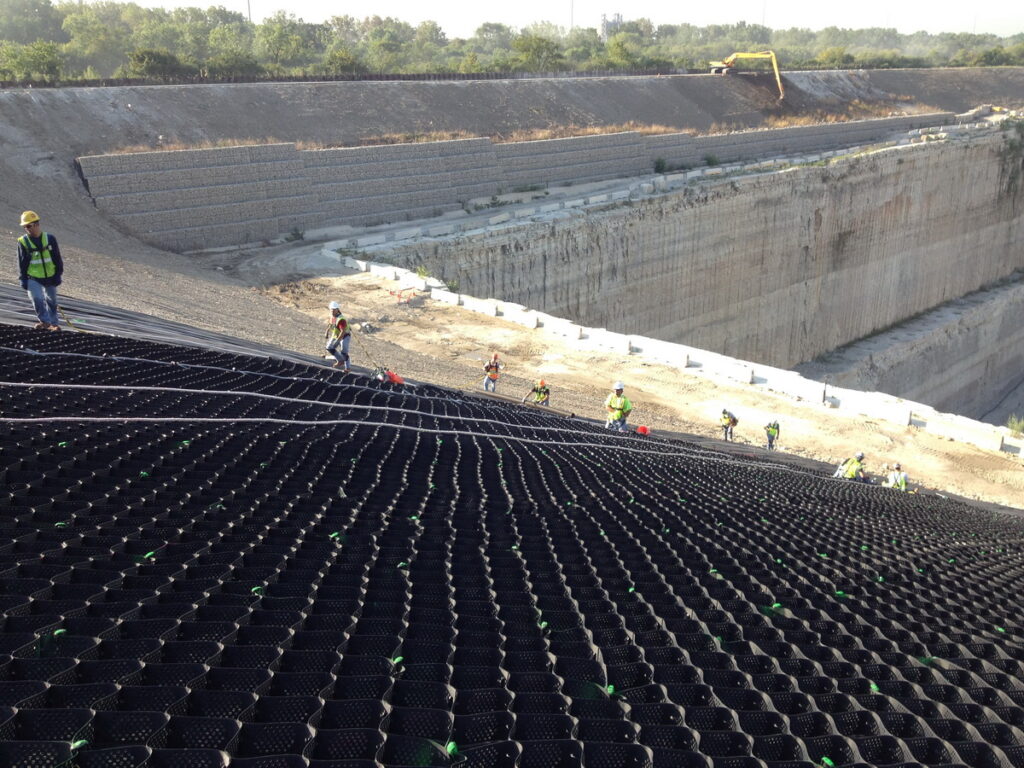Geocells are three-dimensional, honeycomb-like structures made from various materials such as plastic or geotextiles. These structures are often used in civil engineering and geotechnical applications for soil stabilization, erosion control, slope protection, and retaining wall construction. Geocells provide structural support and can be filled with soil, aggregate, or other materials to enhance their performance.
- Load-Support Correlations: These correlations help estimate the load-bearing capacity of geocell-reinforced soil under different loading conditions. They relate factors like the height of the geocell, soil properties, and load distribution.
- Stress-Strain Correlations:These correlations describe how geocell-reinforced soil deforms and how stress is distributed within the structure. They help in understanding the mechanical behavior of the reinforced soil.
- Shear Strength Correlations:These correlations help predict the increase in shear strength of soil when geocells are used. They can be useful for designing slope stabilization and retaining walls.
- Permeability Correlations:Geocells can affect the permeability of soil. Correlations in this context help quantify how geocells influence the hydraulic conductivity of the soil.
- Vegetation Growth Correlations:Some geocell applications involve promoting vegetation growth. Correlations may relate factors like geocell design, soil type, and hydrological conditions to vegetation establishment and growth.
- Slope Stability Correlations:These correlations help assess how geocells contribute to the stability of slopes and embankments. They consider factors like soil type, slope angle, and geocell characteristics.
- Erosion Control Correlations:Geocells can be used for erosion control on slopes and channels. Correlations may relate geocell design, soil properties, and flow conditions to erosion resistance.

